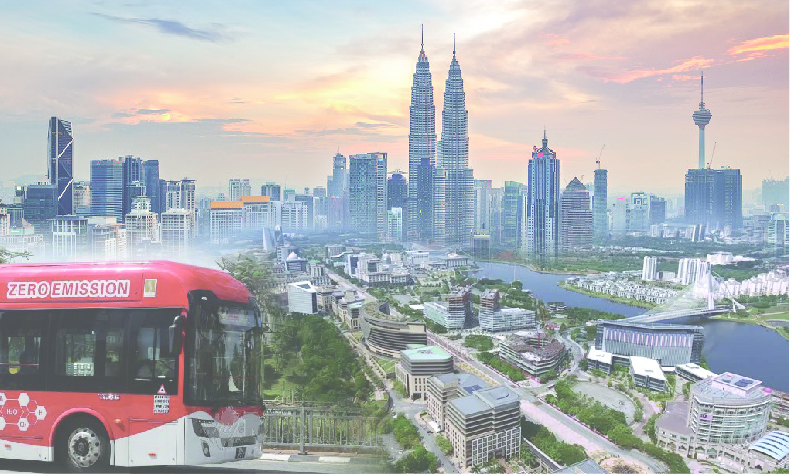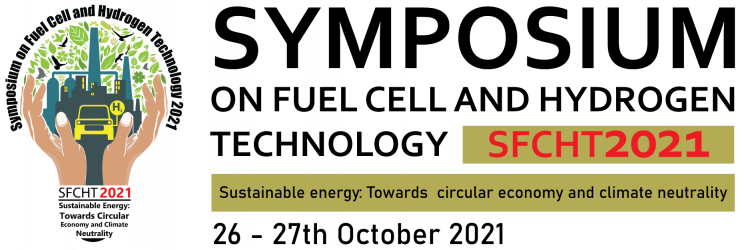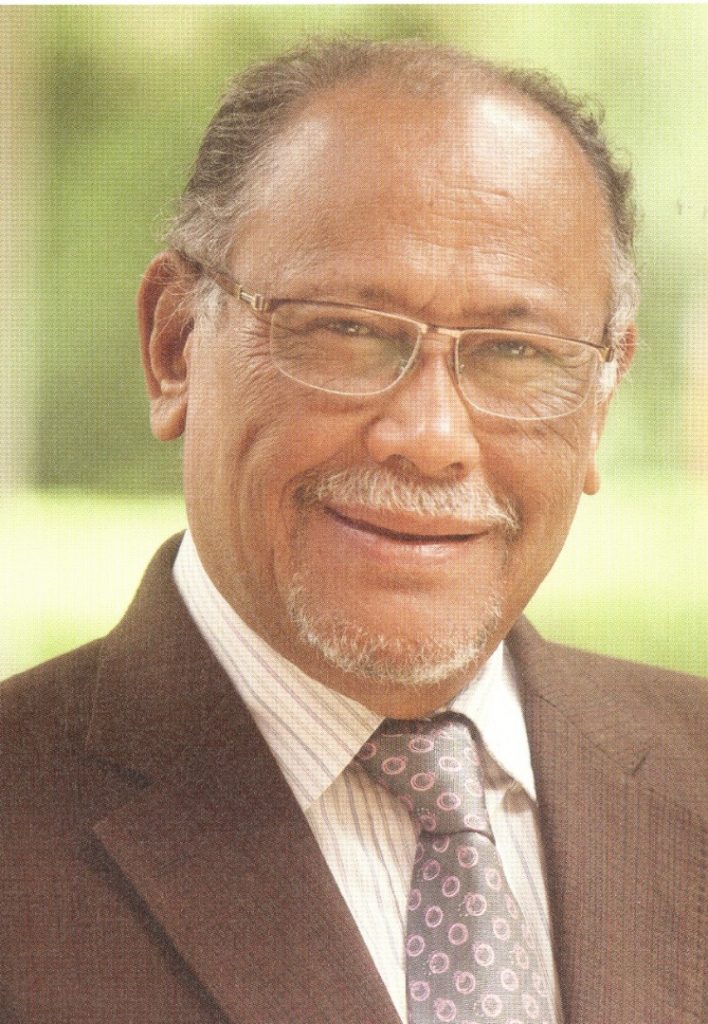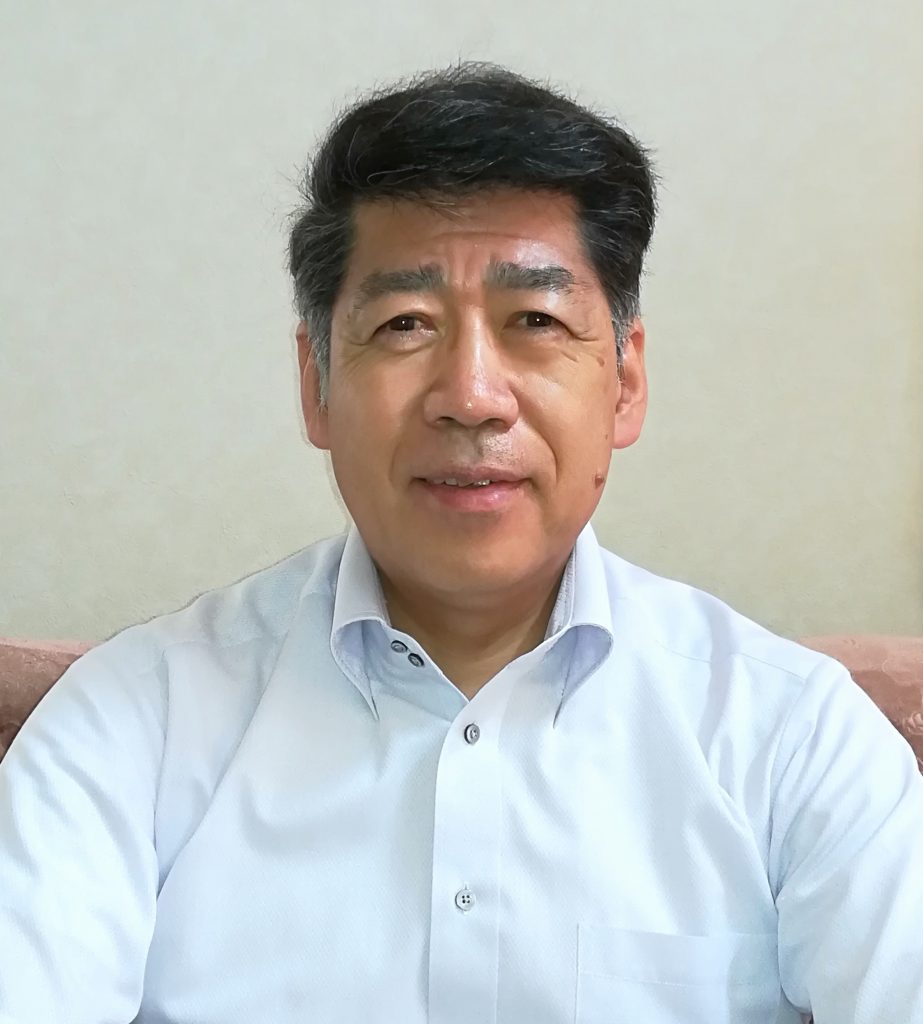Biography

Professor Dr. Mohammad B. Kassim
Deputy Vice-Chancellor (Academic & International Affairs)
Universiti Kebangsaan Malaysia
Graduated with a B. Sc. (Hons.) in Chemistry with Energy & Fuel Science in 1993 from Lakehead University, Thunder Bay, Ontario, Canada, and Master of Science (Chemistry) in 2005 from Universiti Kebangsaan Malaysia. He was conferred a PhD (Inorganic & Coordination Chemistry) in 2003 by University of Bristol, United Kingdom. Previously, he served as the Dean of Faculty of Science and Technology (2018 – 2020), a visiting professor at University of Tsukuba (2018), Gifu University (2017) and Osaka University (2015); and researcher at the University of Sheffield (2011). He specialised in coordination chemistry, molecular electronics, photo-electrochemistry, x-ray crystallography and decarbonization of CO2.
Speech details
THE ROLE OF MAHE IN HYDROGEN ECONOMY FROM NGO’S PERSPECTIVE
Given the continued growth in the world’s population as well as the progressive industrialisation of developing nations, particularly in Asia, the global demand for energy is expected to continue to increase by more than 50% until 2030 with fossil fuels continuing to dominate global energy use. At the same time, there is a growing global consensus that greenhouse-gas (GHG) emissions, which keep rising, need to be managed, to prevent dangerous anthropogenic interference with the climate system. In the COP 21 in Paris 2015, Malaysia has committed itself to reduce carbon emission intensity by 45% based on 2005 level in 2030. Hence, various parties including the government are stepping up their efforts to address the challenges of sustainable development and to foster the expansion of low-carbon fuels. The number of attempts and efforts to develop and test hydrogen-related technology in power generations, vehicles and implement the necessary hydrogen supply infrastructure has increased in recent years, resulting in numerous hydrogen demonstration projects around the globe. Malaysia has both the strength in scientific know-how on hydrogen energy and fuel cell, and industrial strength to further pursue the development of hydrogen economy. Despite the challenges, there is a growing trend of universities and industries collaborating to develop hydrogen economy in Malaysia. With a share of more than 80% in total energy use in the transport sector, the automotive sector is the driving force for the introduction of hydrogen as fuel. Recommendations and action plan have been proposed to help establish hydrogen economy in the 12th Malaysia Plan and beyond. As such, the role of Malaysian Association of Hydrogen Energy (MAHE) to catalyse the promotion of hydrogen fuel and technologies will be highlighted to increase the trajectory for the transition to a hydrogen economy in Malaysia.









